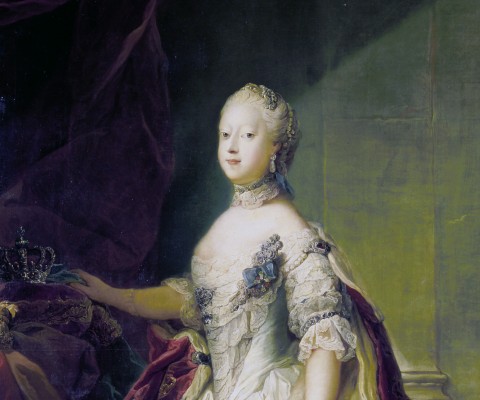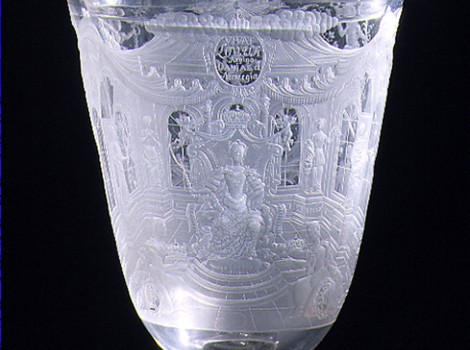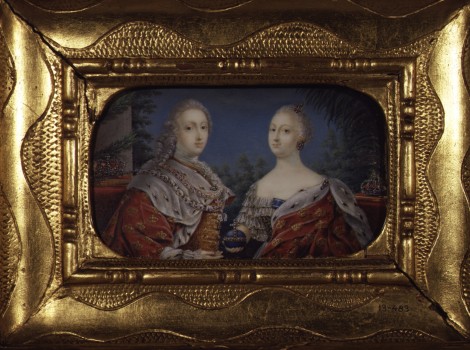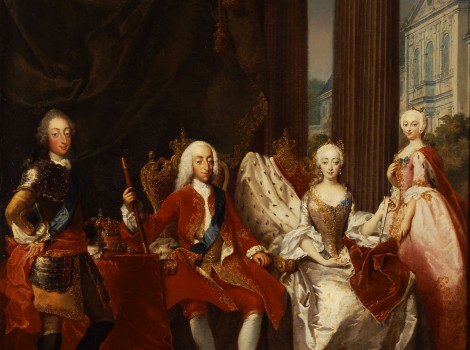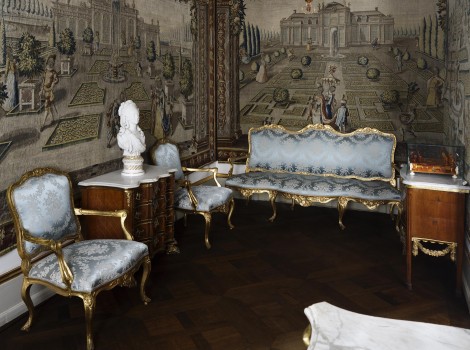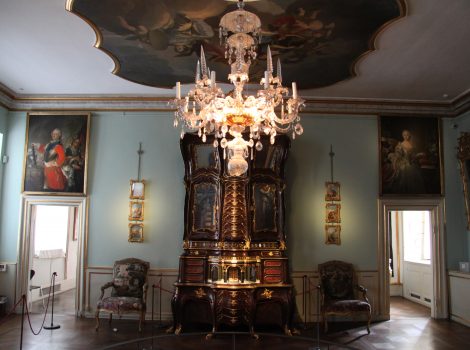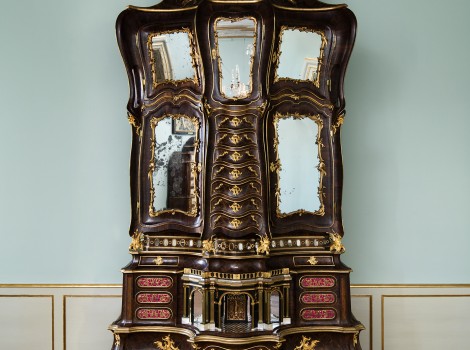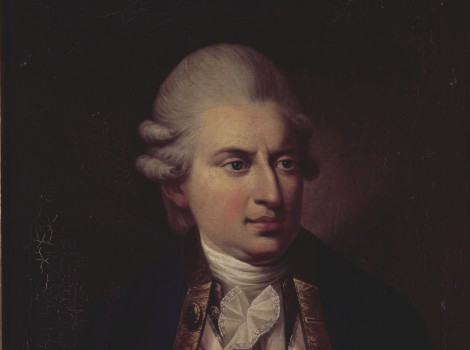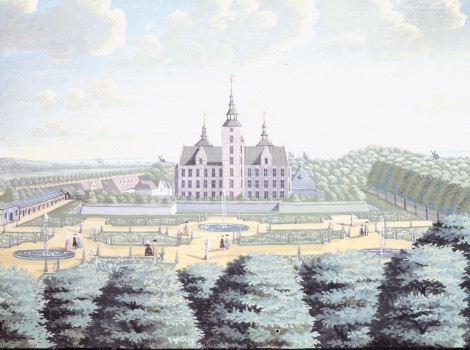Louise
Louise became Queen of Denmark in 1746. Her father was King George II of Great Britain. In 1743 she was married to Crown Prince Frederik (V). She was the mother of Christian (VII).
Louise’s arrival in Denmark marked a change at the Danish Court. Life became much more joyful than it had been during the reign of the strongly Pietist Christian VI and Queen Sophie Magdalene. Louise was fond of parties, theater and dancing. The joyful Queen became exceedingly popular, not least with the population of Copenhagen.
The Queen made a great effort to learn the Danish language and insisted on teaching it to her children also; this contributed to her popularity. Louise gave birth to five children, of which four survived. She died during another pregnancy after only five years as Queen of Denmark.

 Dansk
Dansk
 English
English
 Deutsch
Deutsch

